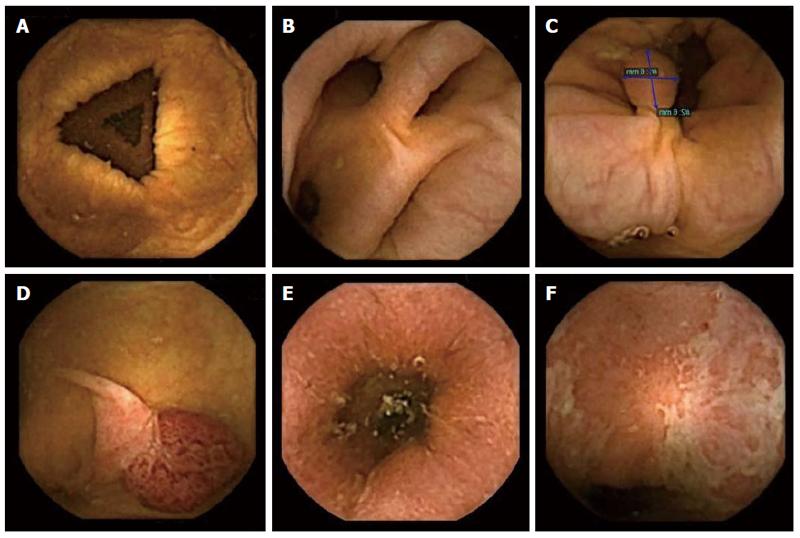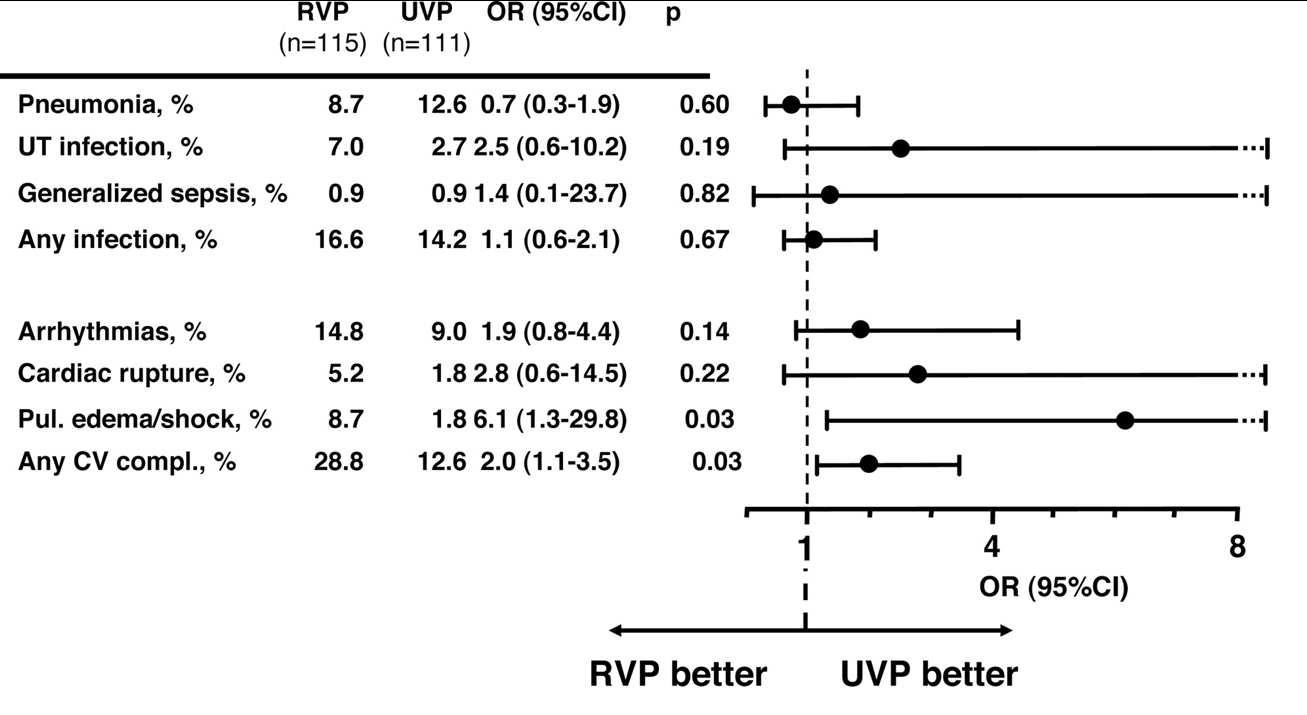נדרים סו, ב
תנא שן תותבת היתה לה ועשה לה רבי ישמעאל שן של זהב משלו. כי שכיב רבי ישמעאל פתח עליה ההוא ספדנא הכי בנות ישראל על ר' ישמעאל בכינה המלבישכן
A woman had a false tooth [that detracted from her beauty], and Rabbi Yishmael made a gold tooth for her. When Rabbi Yishmael died, a eulogy was delivered that began: "Daughters of Israel, weep over Rabbi Yishmael, who clothed you...(Nedarim 66b)
A Roman False Tooth?
Several years ago there was a little academic skirmish over the question of Roman false teeth. A group of French anthropologists reported that they had found "a wrought iron dental implant of a second upper premolar from a Gallo-Roman necropolis at Chantambre (Essonne, France), from the first or second century AD." That would date the implant to right around the time that Rabbi Yishmael lived.
Details of the false tooth. a, Antero-lateral view of the skull. The iron-made dental implant is where the right second upper premolar would have been. b, Retro-alveolar X-ray of the right maxilla. The implant was dropped after being handled and it broke near its apical third into two pieces that were then glued together again. The line of breakage is visible on this X-ray picture. The alveolar wall and the pseudo-root fit perfectly together. Only an area one to two millimetres high in contact with the mesial alveolar wall shows an absence of contact between the bone and the implant. From Crubezy et al. False teeth of the Roman World. Nature 1998; 391; 29.
The owner of the alleged false tooth seemed to have had it in place for at least a year before he died, (since it was somewhat well integrated into the surrounding bone known as the alveolar wall,) leading to the suggestion that "this implant might have been functional." The French anthropologists concluded that the false tooth "... in addition to its exceptional aspect and the technical craft it required, gives remarkable clues about medicine and anatomy in this rural community of the first or second century AD."
A Fake False Tooth?
Others were not convinced. An American anthropologist, Marshall Becker, published a letter critical of the French conclusions. The skill needed to produce a false tooth today is considerable, and it would be very unlikely "to be accepted by a human body under questionably sterile conditions." Instead, suggested Becker, the tooth was a natural one that had been stained "with oxides from proximity with an iron-rich object."
“The ability of ancient “surgeons” throughout the world to cut pieces from human skulls and to have many of their patients survive is equally amazing. But whether they were interested in or capable of creating true dental implants in my view requires more evidence.”
The French anthropologists fought back. No metal objects had been found near the skull, and "metallurgical analysis unambiguously identifies it as metal and not as a biological tissue...Thus our anatomical, morphological, metallurgical and microscopic analyses of this specimen document, without question, the successful implantation of this dental prosthesis." Becker was undeterred, and went on to publish a lengthy analysis of fifteen prostheses that had been found at various archeological sites. "Poor scholarship", he wrote, " and the gullibility of authors over the decades has filled the literature with fanciful accounts." These included a "dental bridge" unearthed at Pompeii, dental "crowns" unearthed in tombs in Florence, a "false tooth" found in the head of an Egyptian mummy, and a "filled tooth" found in Lachish, Israel, that dates back to the Iron Age. Marshall claimed that none were what they were claimed to be, and he noted that as recently as 1969 "the successful anchorage of dental implants in dogs was still in the experimental stages." None of the archeological findings "satisfy the primary requirements needed to conclude that they might be a true dental implant or even a variation on the known types of ancient dental prostheses."
Rabbi Yishamel's Other Prosthetics
We don't know whether the false tooth described in the daf today was a true dental implant, or some kind of wired tooth splinted to an adjoining one. But it seemed to have made all the difference to the woman for whom Rabbi Yishmael had it fashioned. In fact a parallel text found in the Jerusalem Talmud has Rabbi Yishmael going even further: According to that text (ירושלמי נדרים פרק ט הלכה ח) Rabbi Yishmael made the blemished young woman a golden false tooth - and a golden false eye: "עשה לה עין של זהב שן של זהב". Our aesthetics have changed over the many centuries that separate us from Rabbi Yishmael. But his care of the maimed and the impoverished of his time is a record over which there is no archeological dispute.









